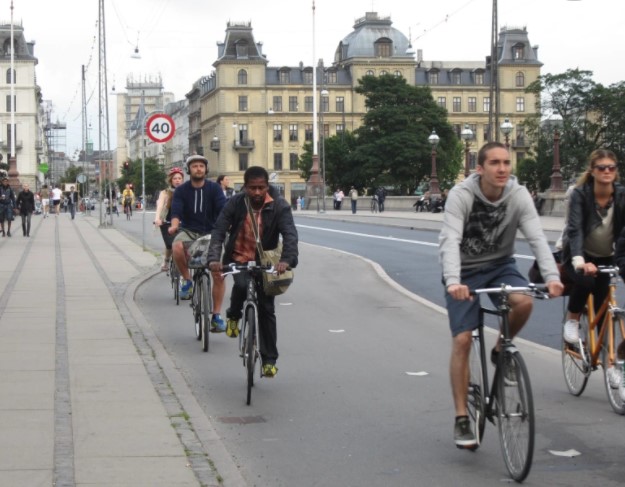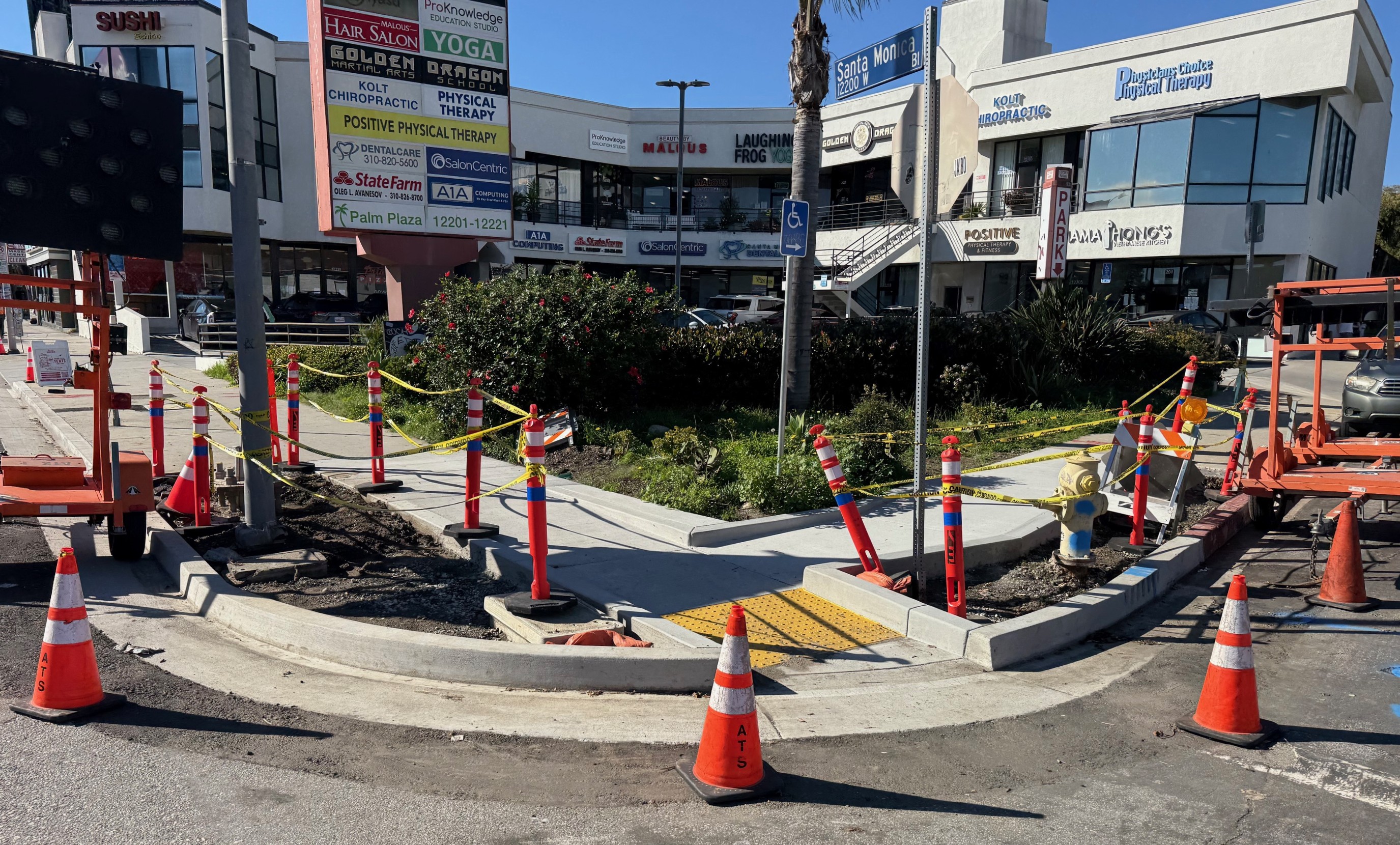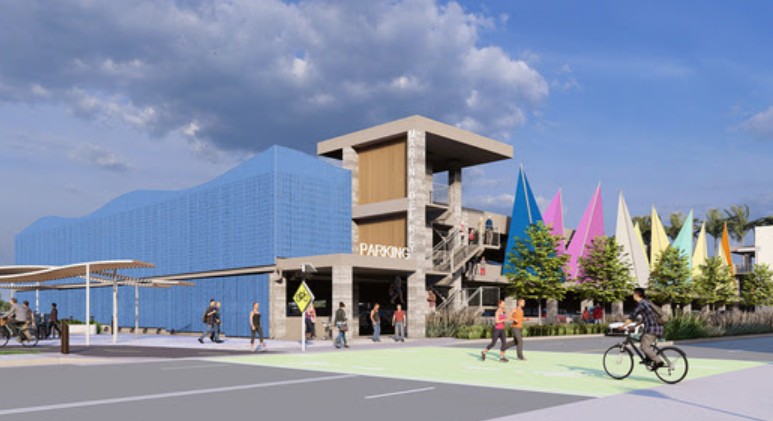Yesterday when President Biden announced the national boycott on Russian oil as a response to the Ukraine invasion, he warned that U.S. drivers should expect some pain at the pump. Many Chicagoland motorists have said they're willing to pay more for gas if it will help end the war.
In the wake of the announcement, many sustainable transportation advocates have pointed out that higher gas prices wouldn't be such a problem for Americans if our nation was less car-centric, with safe, convenient, and appealing conditions for walking, biking, and transit use. For some inspiration on how the U.S. might pull off such a transformation, here's the story of how formerly car-centric Denmark responded to a similar oil crisis by switching gears, excerpted from a longer piece published a decade ago on Streetsblog Chicago cofounder Steven Vance's and my old blog Grid Chicago.
When I visited Copenhagen in 2012, I was wowed by the seamless bicycle infrastructure and the many car-free streets and plazas. But the Danish capital wasn’t always a pedaler’s paradise. In the postwar era the city pursued American-style, auto-centric urban planning, but the 1973 oil crisis caused Copenhagen residents to rethink their transportation priorities. Over the course of several decades they rebuilt their city into the sustainable transportation Mecca it is today. As efforts to reallocate public space from cars to greener modes gain momentum in Chicago, Copenhagen’s story is an encouraging one.
While I was in town, I stopped by the headquarters of the Danish Cyclists’ Federation and met with director Jens Loft Rasmussen and project manager Mai-Britt Kristensen. They told me about how Copenhagen and Denmark succeeded in changing course.

John Greenfield: Copenhagen was not always such a bike-friendly town, correct? I’ve heard that in the Sixties and Seventies this was a fairly car-centric city.
Jens Loft Rasmussen: Yes. When the bicycle was introduced in Denmark it became very popular. The Danish Cyclists’ Federation was founded in 1905. And during the Second World War you couldn’t get gasoline, so everybody used their bikes. But after the war we introduced the American lifestyle. In the Sixties people moved to new suburbs and kept their jobs in downtown Copenhagen. So how could they get from their new house in the suburbs to their job in central Copenhagen? In their car of course.
The modal split in 1970 was about 10 percent biking. [To put this in perspective, the mode share in Portland, Oregon, America’s most bike-friendly major city, is generally about six percent.] But then we got the oil crisis. We had been totally dependent on gasoline from the Middle East and when it stopped the government had to introduce car-free Sundays. And then people realized that the car-free Sunday was the best day of the week, or some people did. They joined the Danish Cyclists’ Federation and there were huge demonstrations in Copenhagen. The attitude of the city government changed step-by-step from building highways to the center of Copenhagen to realizing that bicycling was a very important part of the transportation picture.
So that was the changing point and now there’s more than a thirty percent bike modal split. During the past forty years we have moved step-by-step back to the bicycle culture we had before we got the car-oriented policies. That period only lasted ten years but it was threatening to change the whole way of living in Copenhagen, the whole infrastructure.
JG: Were they talking about building expressways downtown?
JLR: Yes. For example we have a very beautiful lake area [on the outer edge of the center city]. They thought, “Oh, it would be fantastic for a motor highway.” They wanted to build a highway directly over the water so you could drive from the north of Copenhagen all the way to the center. All the squares in Copenhagen at that time were filled up with cars.
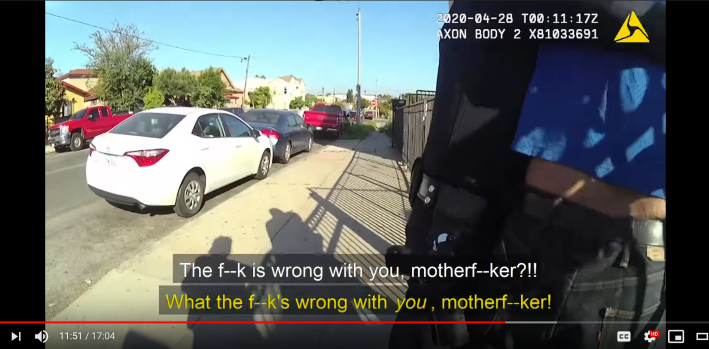
JG: Really? So what are now public squares were parking lots before?
JLR: It was only for a short period. But we were stuck by cars inside Copenhagen. It would have been a huge damage if they had built the motor highway. But the Danes are little bit slow compared to the Americans so there are a lot of political discussions before we institute new steps. So that’s the reason why we hesitated and succeeded in transforming our attitude before we built the highway.
JG: Nowadays it seems like a typical Copenhagen street configuration is you’ve got two lanes of car traffic and then you’ve got the bike lane raised a bit and then you’ve got the sidewalk raised a bit. Was that kind of street formerly a four-lane roadway, and then two of those lanes were converted to cycle tracks?
JLR: No. We had mixed traffic in Copenhagen in the Seventies so cars and bicycles used the same roads. But we had a lot of [crashes] when we mixed the traffic. So the planners and politicians in Copenhagen decided that we should take some of the space from cars and build separated bicycle paths. Because you have a problem when you mix bicycle and car traffic. And [separated bikeways] seem to be a very good solution because the injury rates for cyclists dropped. And the cycle tracks give you a better feeling of security.
Because in Copenhagen we have mostly women using bikes. But I heard from Vancouver during the Velo City conference that it’s mostly males who are using bikes and women and children feel insecure. It’s now the opposite situation in Denmark. The man is using the family car and the woman and the children are on the bicycle paths.
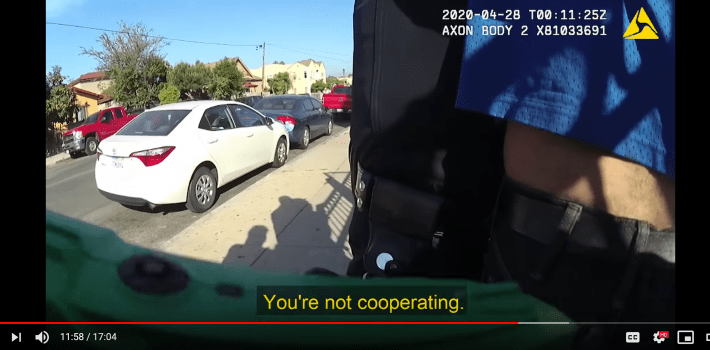
JG: So most families in Copenhagen own a car?
JLR: No, in Copenhagen car ownership is relatively low. A lot of the young families prefer to buy or rent a relatively expensive downtown flat and then they use a cargo cycle and car sharing. So that’s a new tendency. But if you look at the older people like myself, most of us have one car. But if you live in Copenhagen you’re probably only using it on the weekends when you’re going to the countryside or something like that. What is your opinion Mai-Britt?
Mai-Britt Kristensen: When you ask someone from Copenhagen why they bike, a lot of people might think it’s because they’re very conscious of the environment and they want to do everything in an eco-friendly way. It’s not that they don’t want to do that but the primary reason that they choose to ride their bike is just because it’s easy and fast. If you live and work inside Copenhagen, the time and money to have a car, to wait in line to get around town and find a parking space and having to pay for that, that’s quite a lot of trouble compared to just getting on your bike.
[Snip]
JG: When Copenhagen put in all these separated bike facilities, that generally involved taking out a lane of car traffic or car parking, right?
JLR: Yes, there was a fight between the different means of transportation and we saw it at Nørrebrogade, which is now transformed from a car street to a bike and bus street. But there were huge political discussions and especially the shopkeepers thought that they would lose customers and some car drivers said that it was a fight against them. But the situation on Nørrebrogade was that we had 30,000 bus passengers each day and 30,000 bicyclists and 15,000 cars, and the cars took most of the space. If you have a street where you have to move 75,000 people a day, and you cannot move the houses…
JG: Although historically in Chicago they have demolished neighborhoods to put in expressways…
JLR: And so it’s a political battlefield, what shall we use the right-of-way for. And also in Copenhagen we have battles about that. But we can see that the bicycle will win because it takes much less space than the cars. So if you have cities like Copenhagen... where the population is increasing and the mobility of each inhabitant also is increasing, the car’s not the solution.
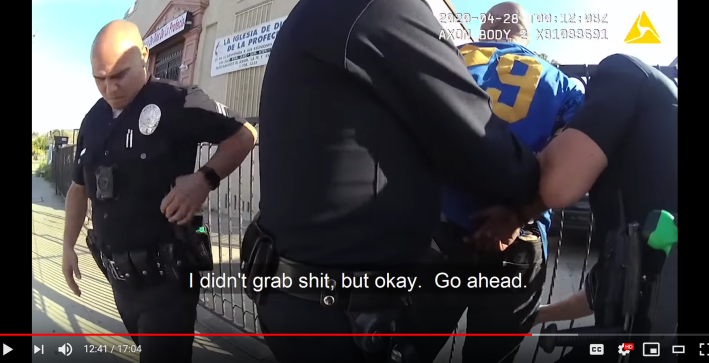
JG: You mentioned that the plazas used to be used for car parking, and lanes of traffic and car parking were taken out to put in cycle tracks. In Chicago the city been installing protected bike lanes, but it’s difficult to do this without removing travel lanes or parking.
JLR: If we can give some advice from Copenhagen to the mayor of Chicago it would be that I’m sure Chicago also wants to attract businesses and to be a pleasant place to live. And if you want a livable city you put the pedestrians and the bicyclists in the central areas. You put them in the best squares and the best roads. That shows the priority and the future view of traffic in the city.
Read the full interview, including discussions of new Copenhagen transportation initiatives that were in the works back in 2012, on Grid Chicago.
